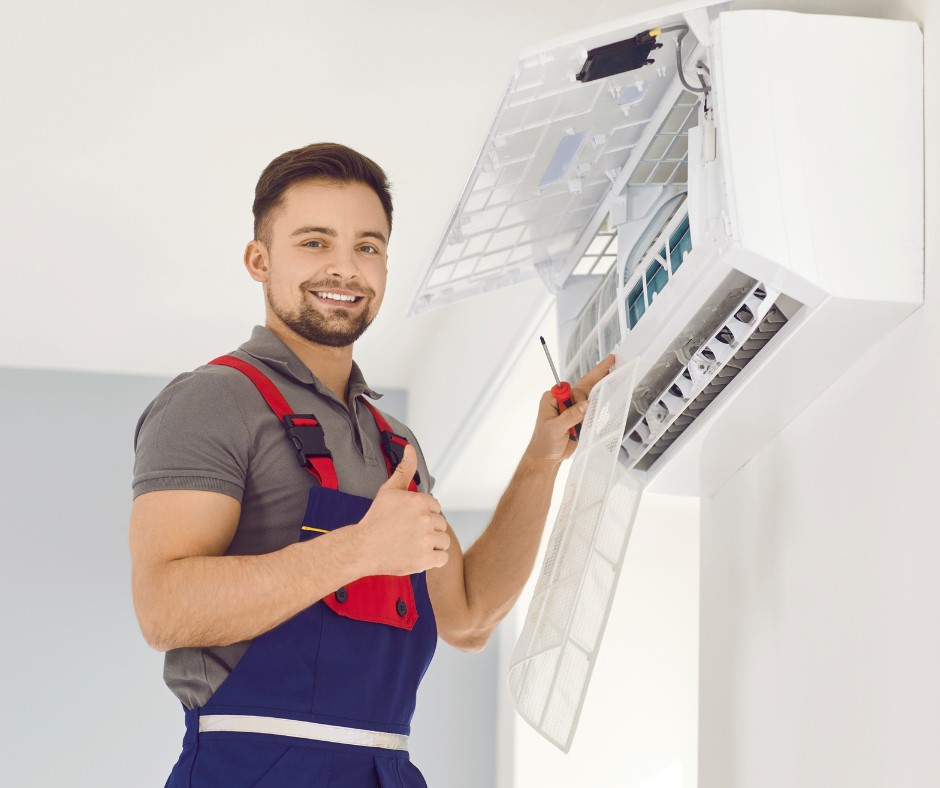
The Blueprint for Budgeting HVAC Installation
When it comes to Budgeting HVAC Installation, it’s crucial to have a well-thought-out plan that covers all potential costs. The process involves much more than the initial investment. From the purchase of the unit to installation and beyond, each aspect must be carefully considered to ensure long-term efficiency and cost-effectiveness.
to ensure you’re on the right track.
The Essential Components of HVAC Installation Costs
The foundation of Budgeting HVAC Installation lies in understanding the different cost components:
- Initial Purchase: This includes the HVAC unit and any related materials.
- Installation Labor: The cost of professional installation Services.
- Ongoing Maintenance: Regular upkeep to maintain system efficiency.
- Energy Usage: The cost of operating the HVAC system throughout the year.
- Repairs and Replacements: Future costs related to repairs or eventual system replacement.
Remember, while it may be tempting to opt for the cheapest unit available, a higher initial investment in a more efficient system can lead to substantial savings on your energy bills over time.
Tailoring Your HVAC System to Your Home’s Needs
For a successful Budgeting HVAC Installation, it’s essential to align your system choice with your home’s specific requirements. This ensures not only comfort but also efficiency, reducing unnecessary expenses.
Finding the Right System Size and Type
Selecting the appropriate size and type of HVAC system is a critical step in Budgeting HVAC Installation:
- Home Size and Insulation: Larger homes with better insulation may require a more powerful system.
- Climate Considerations: In regions with milder climates, a heat pump can be a cost-effective solution, while more extreme climates may benefit from separate heating and cooling units.
In both cases, working with a licensed HVAC contractor will help you make an informed decision that aligns with your Budgeting HVAC Installation goals.
Expanding the Horizons: Beyond Basic Budgeting
The Hidden Costs of HVAC Installation
When Budgeting HVAC Installation, it’s important to anticipate potential hidden costs. These might include:
- Ductwork Upgrades: Ensuring your home’s ductwork is compatible with the new system.
- Energy Efficiency Enhancements: Upgrading insulation or windows to maximize system efficiency.
- Additional Features: Integrating air filtration systems or humidifiers can improve comfort but may increase upfront costs.
Planning for these contingencies ensures that your Budgeting HVAC Installation covers all bases, preventing unpleasant surprises down the line.
Exploring Financing and Payment Solutions
Facing the upfront costs of Budgeting HVAC Installation can be daunting, but various financing options can make this home improvement project more manageable. Consider:
- Payment Plans: Many HVAC Companies offer installment plans that spread the cost over time.
- Manufacturer Rebates: These can significantly reduce the overall cost.
- Home Equity Loans: Tapping into your home’s equity might provide the necessary funds with manageable terms.
These options make Budgeting HVAC Installation accessible, ensuring you can enhance your home’s comfort without straining your finances. Understanding the key factors in HVAC budgeting is crucial,
to explore the best options available.
Unlocking the Secrets to Longevity and Efficiency
The Power of Regular Maintenance
A key component of Budgeting HVAC Installation is planning for the long term. Regular maintenance is essential for extending your system’s lifespan and ensuring it operates at peak efficiency:
- Scheduled Tune-Ups: Regularly scheduled maintenance checks help catch minor issues before they become major problems.
- Filter Replacements: Keeping filters clean ensures your system runs smoothly and efficiently.
investing in a maintenance plan as part of your Budgeting HVAC Installation strategy will save you money in the long run by preventing costly repairs and extending the life of your system.
Small Upgrades with Big Impacts
Even after your Budgeting HVAC Installation is complete, there are simple upgrades that can enhance efficiency and reduce costs:
- Programmable Thermostats: These allow you to control heating and cooling based on your schedule, reducing unnecessary energy use.
- Improved Insulation: Adding insulation to your attic or walls can prevent heat loss, making your HVAC system’s job easier.
These upgrades are relatively inexpensive but can significantly impact your overall Budgeting HVAC Installation by reducing energy bills.
FAQs About Budgeting HVAC Installation
What is the most cost-effective way to approach Budgeting HVAC Installation?
- Start by assessing your home’s specific needs, then choose a system that balances upfront costs with long-term savings. Consider financing options and always plan for future maintenance.
How often should I service my HVAC system?
- It’s recommended to schedule maintenance at least twice a year, ideally before the heating and cooling seasons. Regular servicing is a crucial aspect of effective Budgeting HVAC Installation.
Can I save money by installing the HVAC system myself?
- While DIY installation might seem cheaper, it’s generally not recommended due to the complexity of the task and potential safety concerns. Hiring a professional ensures proper installation and long-term savings.
Conclusion: A Holistic Approach to Budgeting HVAC Installation
Effective Budgeting HVAC Installation is about more than just the immediate costs. By considering all aspects—from the right system choice to regular maintenance—you can ensure a comfortable, efficient, and cost-effective solution for your home. Taking the time to plan and explore all available options will help you make the best investment, providing long-term comfort and peace of mind.